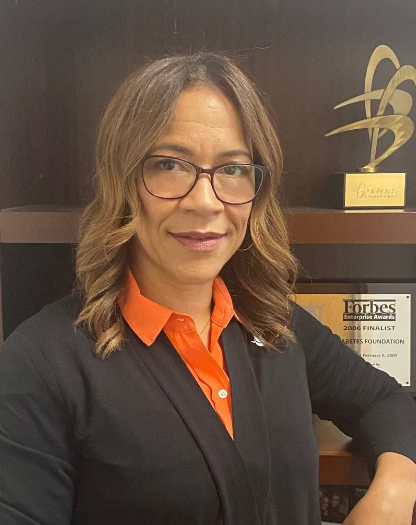What is Low Blood Sugar and How to Treat It
Low blood glucose (sugar) is also known as hypoglycemia. Hypoglycemia is when your blood glucose level drops below 70 mg/dl. When your blood glucose drops below 70 mg/dl you may experience some symptoms telling you your blood glucose is too low. You may also experience these symptoms before your blood glucose level drops, so checking your blood glucose level with a meter is the best tool. However, if you feel some of these symptoms listed below but don’t have access to a meter, treat the low blood glucose anyway.
So, what are some of the symptoms you may experience?
- Shaking
- Fast heartbeat
- Mood swings or irritability
- Sweating, chills, feeling clammy
- Confusion
- Lightheadedness or dizziness
- Hunger
- Nausea
Each person’s symptoms vary and overtime you will get to know how your body responds to low blood glucose levels. Remember, it’s best to check your levels if possible but if you don’t have access to a meter, treat it as a low if symptoms are present. If you don’t treat a low blood glucose level, your level will continue to drop.
Here’s the recommended guide on treating a low blood glucose (sugar) level or hypoglycemia. It’s called the rule of 15 or the 15/15 rule. Take in 15 grams of fast acting sugar, wait 15 minutes, recheck your blood glucose level and treat again (with 15 grams more) if it’s still below 70 mg/dl. What are some sources of fast acting sugar that provide 15 grams of carbohydrates?
- Glucose tablets (*usually take 3-4 but always read instructions and plan in advance)
- 1 Tbsp. of syrup, honey or sugar
- ½ cup of regular soda or juice
*You can also take hard candies that are not sugar free and do not have chocolate (gumdrops, skittles, starburst). Read instructions for how many to take because the amount varies based on the candy. I suggest that you write how many to take on the outside of the bag or container in case of a hypoglycemic event. Remember, 1 serving is 15 grams of carbohydrates to treat a low.
If you have type 1 diabetes or you have type 2 diabetes and you are taking insulin or medications that increase the secretion of insulin you are at risk for hypoglycemia. If you need help identifying which medications may increase your risk, please ask your doctor, pharmacist or diabetes educator. Make a “hypoglycemia plan/tool kit” in advance to make it easier. Consider including a meter, test strips, hard candy (packaged according to the 15-gram serving) and/or glucose tablets.
Speak with your doctor or diabetes educator if you are having low blood glucose levels so you can work to prevent hypoglycemia!










